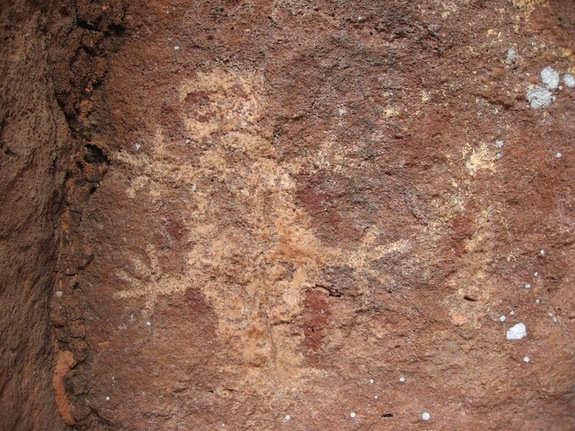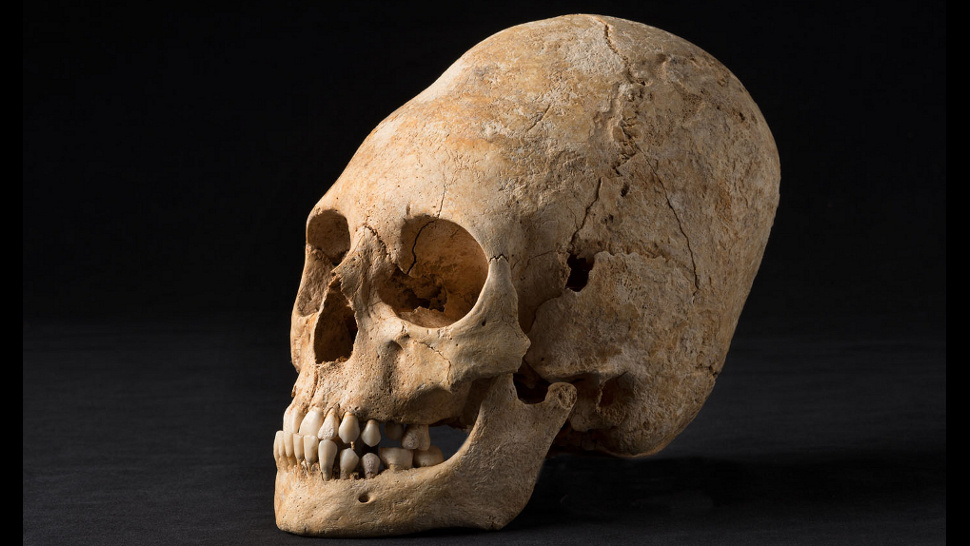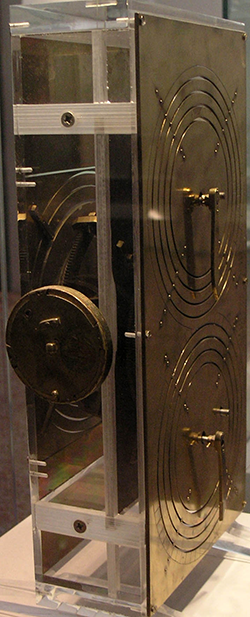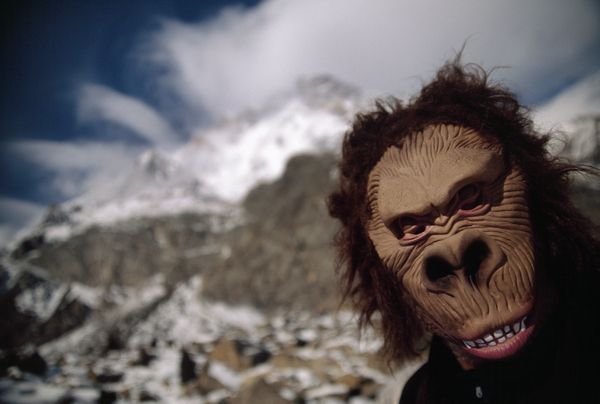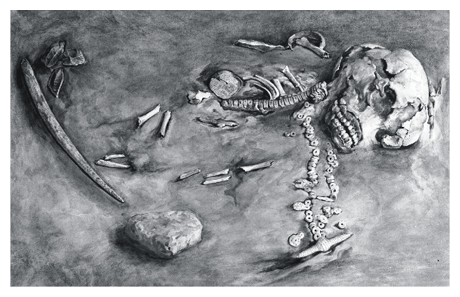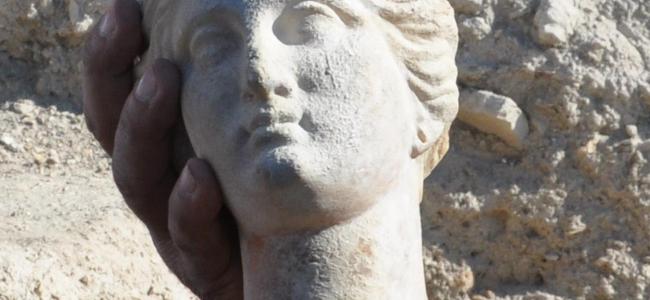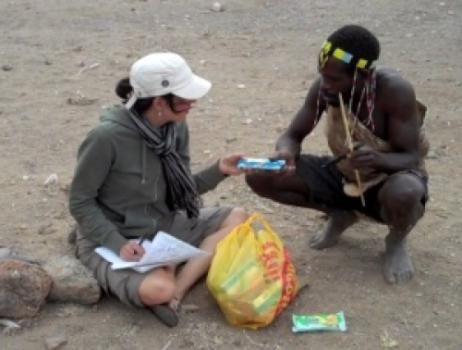
© Eduardo AzevedoApicella offers a participant the choice between two packages of cookies.
Centuries of economic theory have been based on one simple premise: when given a choice between two items, people make the rational decision and select the one they value more. But as with many simple premises, this one has a flaw in that it is demonstrably untrue.
The fields of psychology and behavioral economics have experimentally identified a laundry list of common biases that cause people to act against their own apparent interests.
One of these biases -- the mere fact of possessing something raises its value to its owner -- is known as the "endowment effect."A new interdisciplinary study from the University of Pennsylvania has delved into whether this bias is truly universal, and whether it might have been present in humanity's evolutionary past.
The study was led by Coren Apicella, an assistant professor in Penn's School of Arts and Sciences' Department of Psychology, and Eduardo Azevedo, an assistant professor in Wharton's Department of Business Economics and Public Policy. They collaborated with Yale's Nicholas Christakis and the University of California, San Diego's James Fowler.
It will be published in the
American Economic Review.A classic endowment effect experiments involves giving participants one of two items, such as a chocolate bar and a mug, and then asking whether they would like to trade for the other. As the starting item is selected at random, there should be a 50 percent chance that participants initially receive the item they like best and thus a 50 percent chance that they will trade.
"What we see, however, is that people trade only about 10 percent of the time," Azevedo said. "Simply telling someone they own something makes them value it more. That is, the way you ask the question changes what item people prefer, unlike what you would expect from rational economic behavior."
One problem with these experiments is that they generally involve participants from so-called "WEIRD" -- western, educated, industrialized, rich and democratic -- societies. Apicella drew on her decade-long study of the Hadza people of Tanzania to provide a new perspective. The Hadza are one of the last hunter-gatherer societies on Earth, living in small, nomadic camps that communally share nearly all their possessions.
